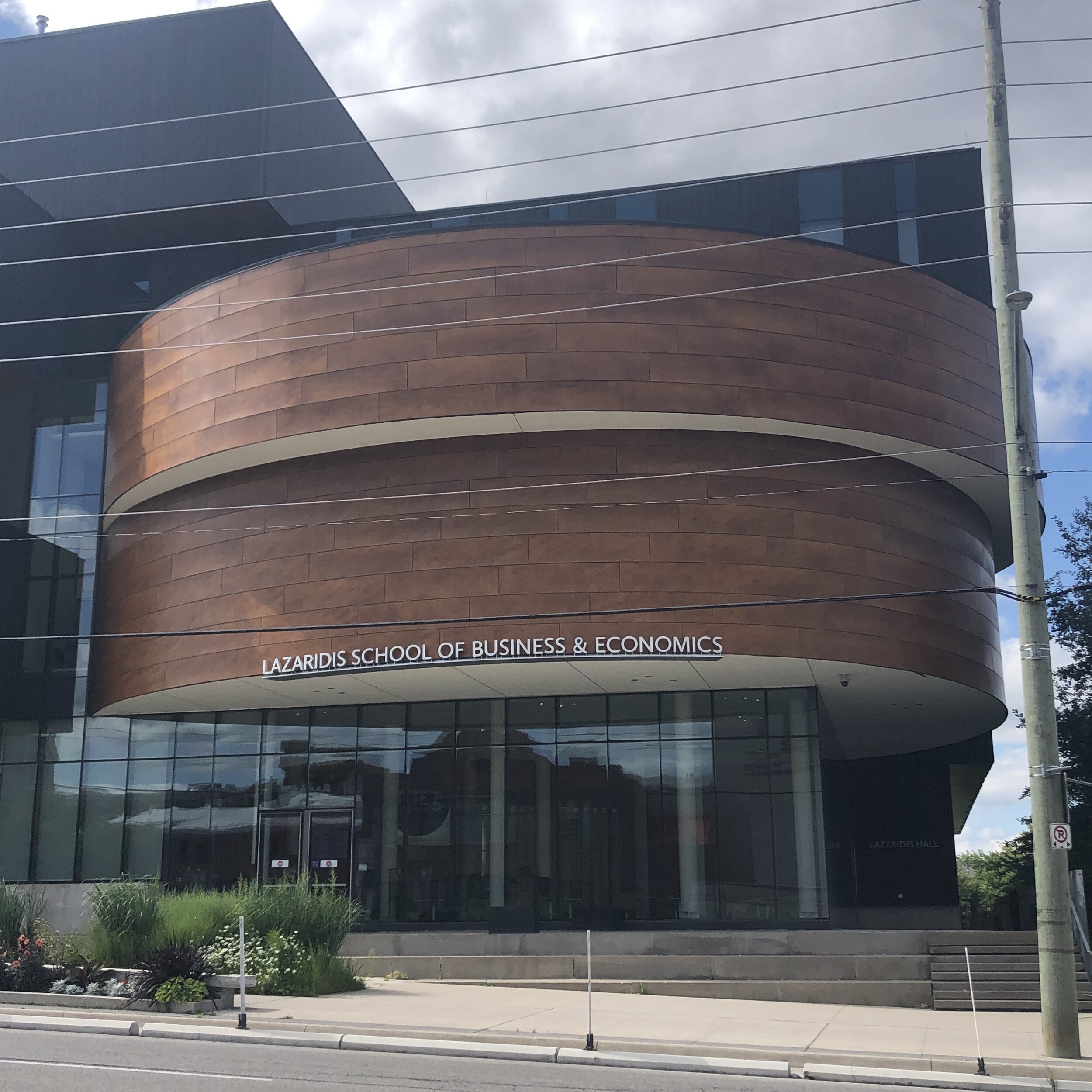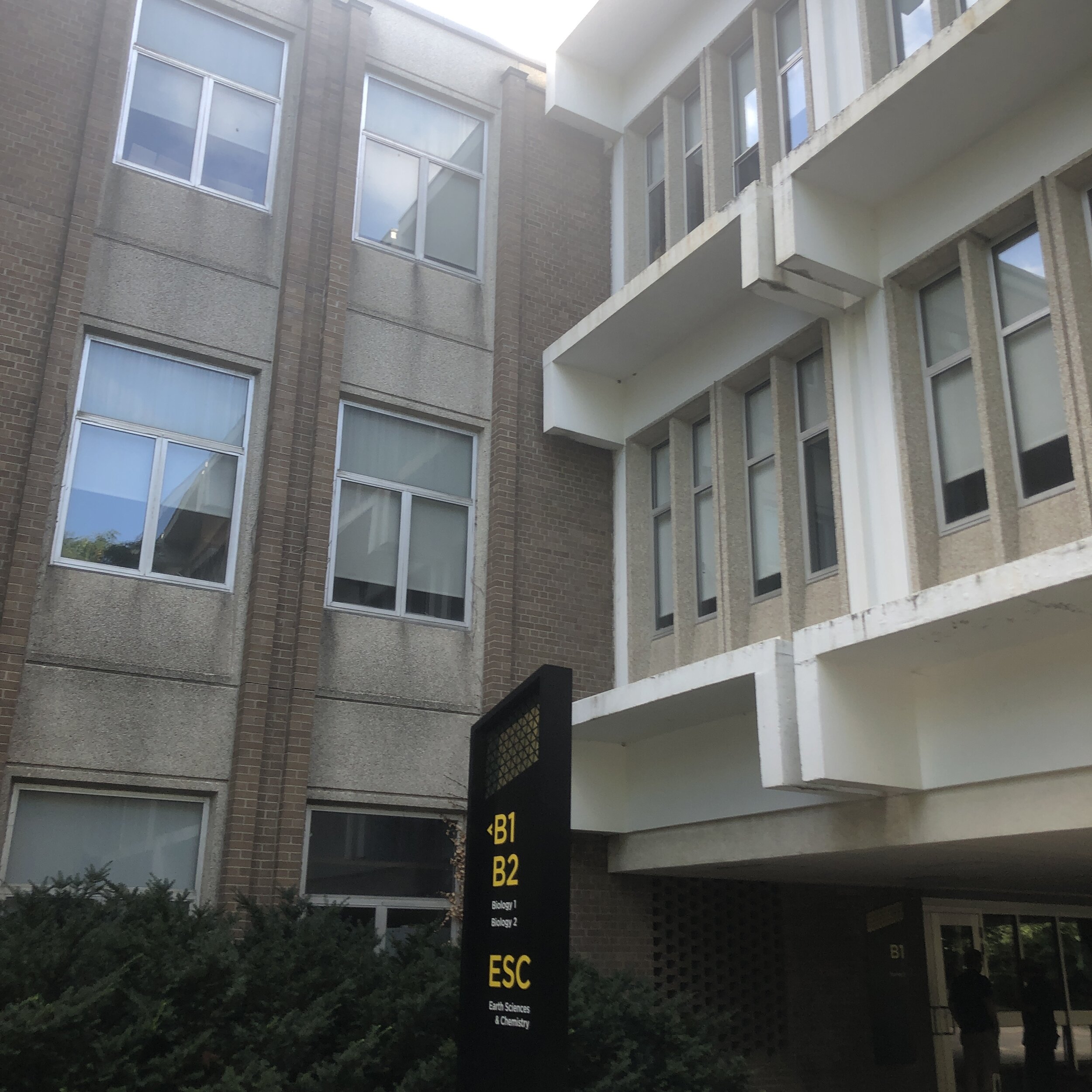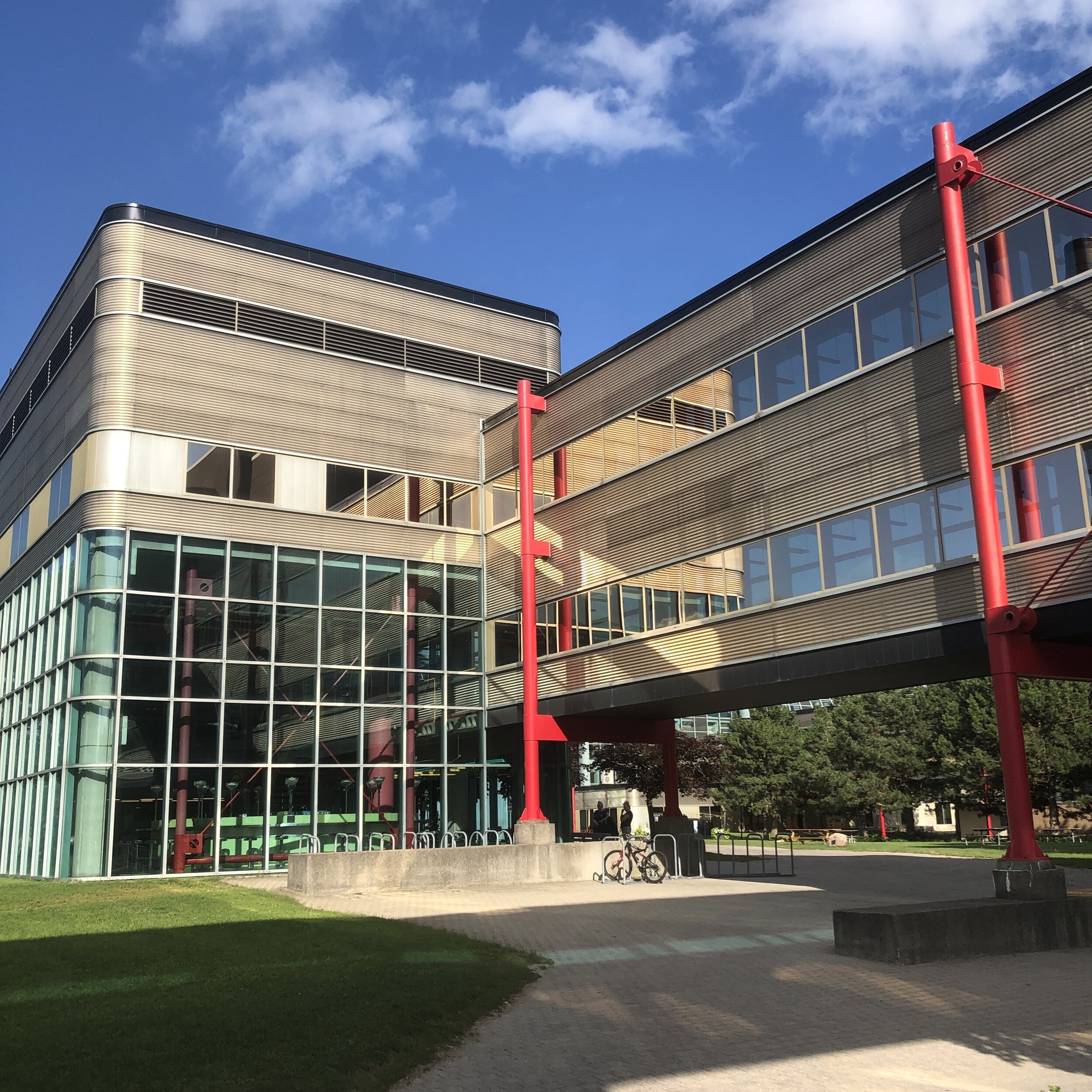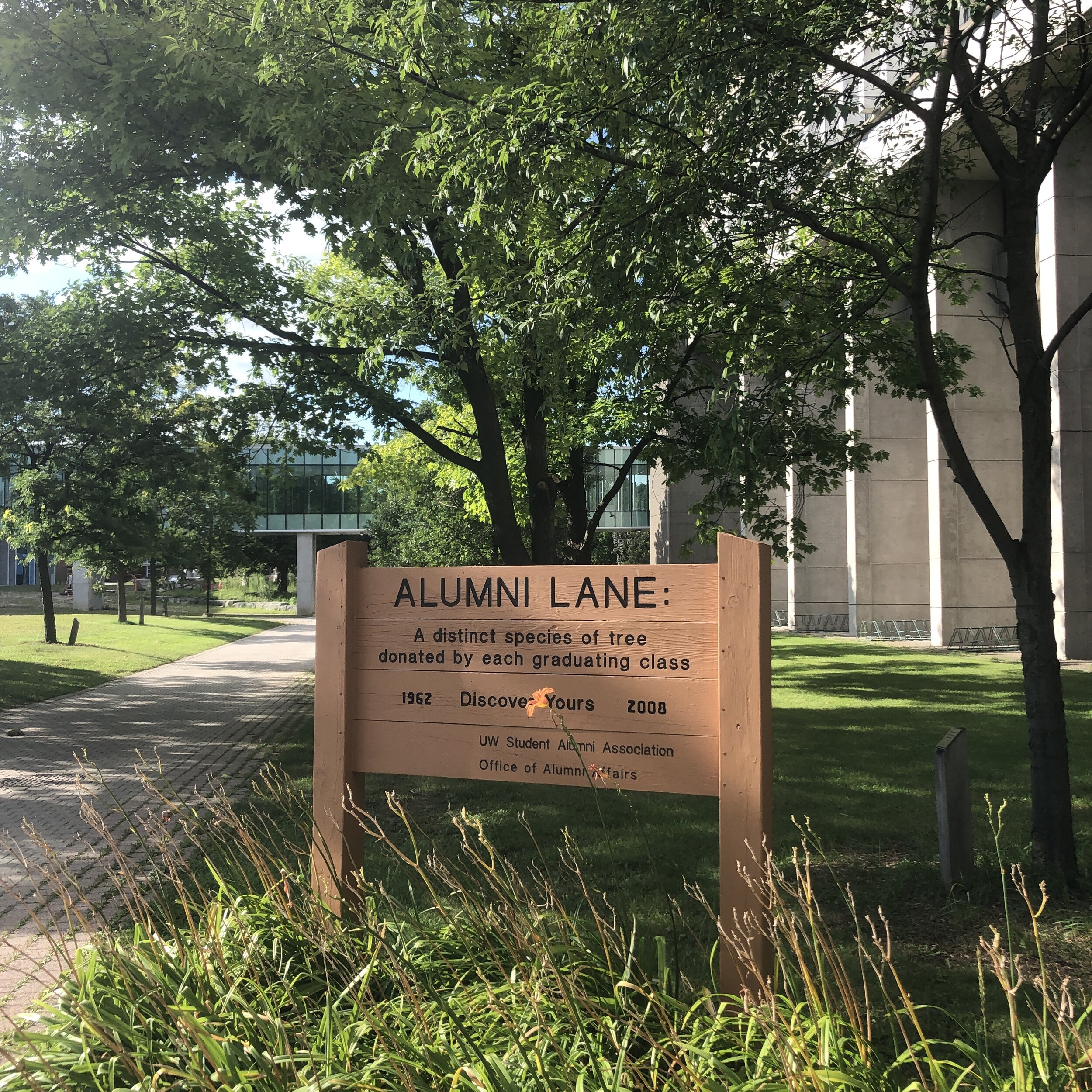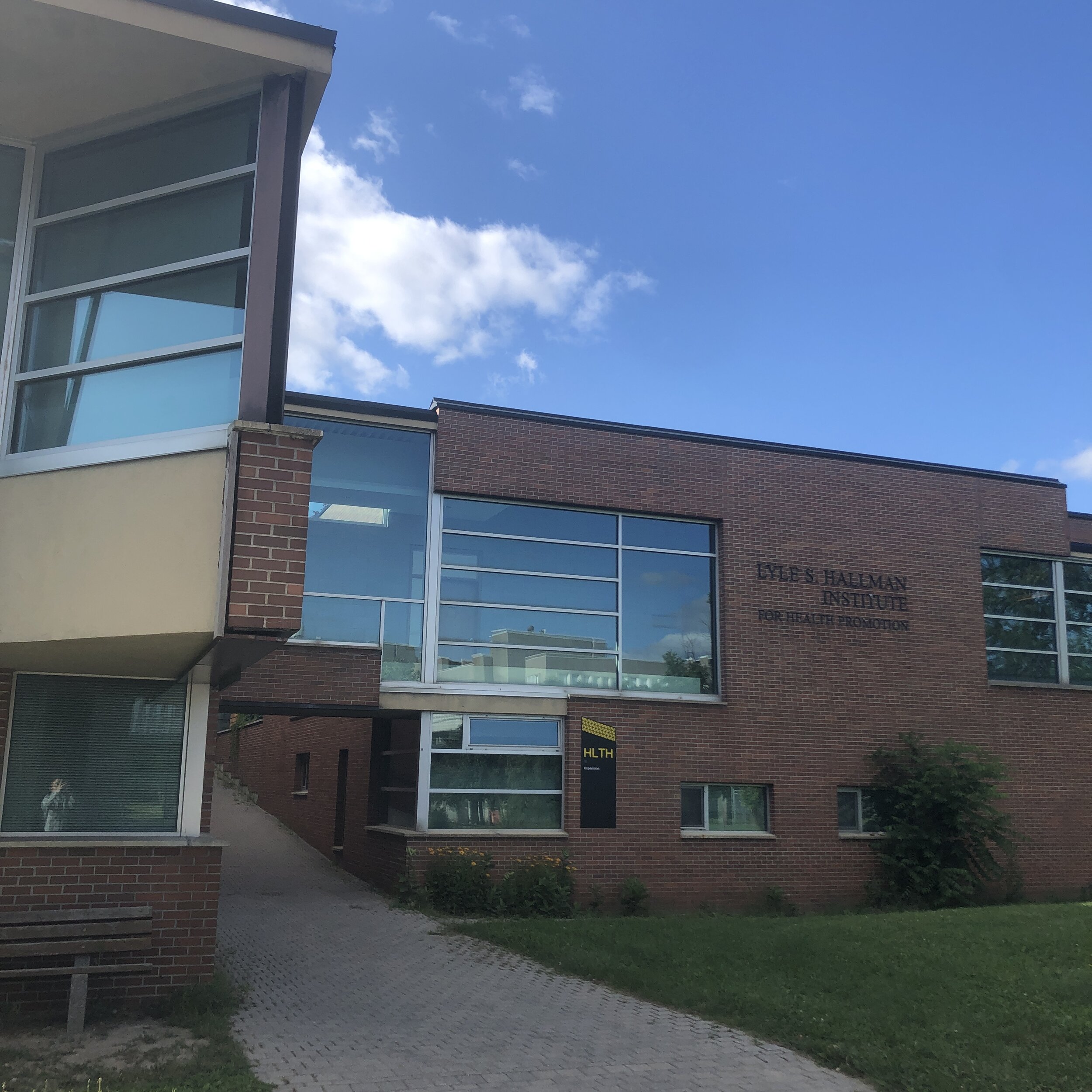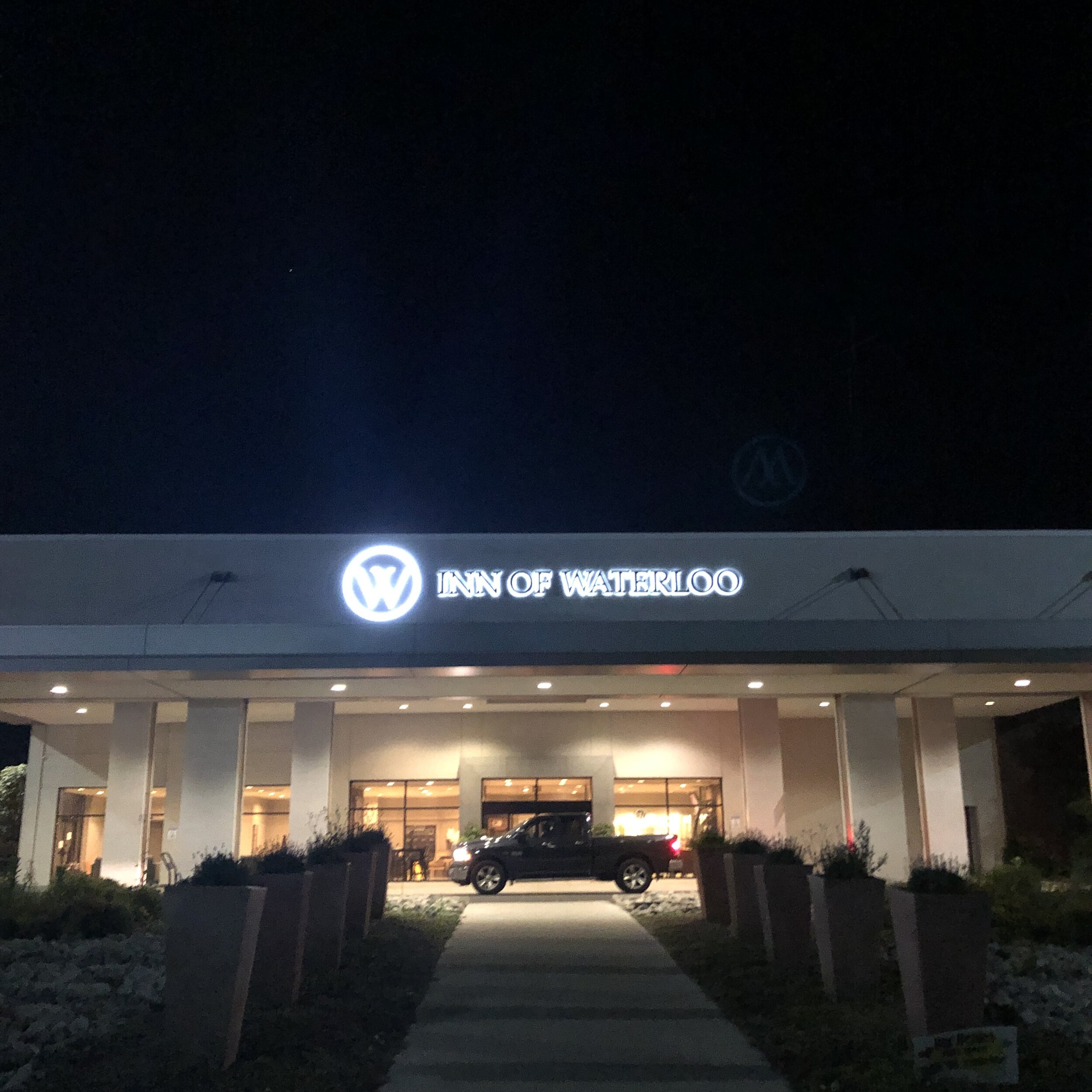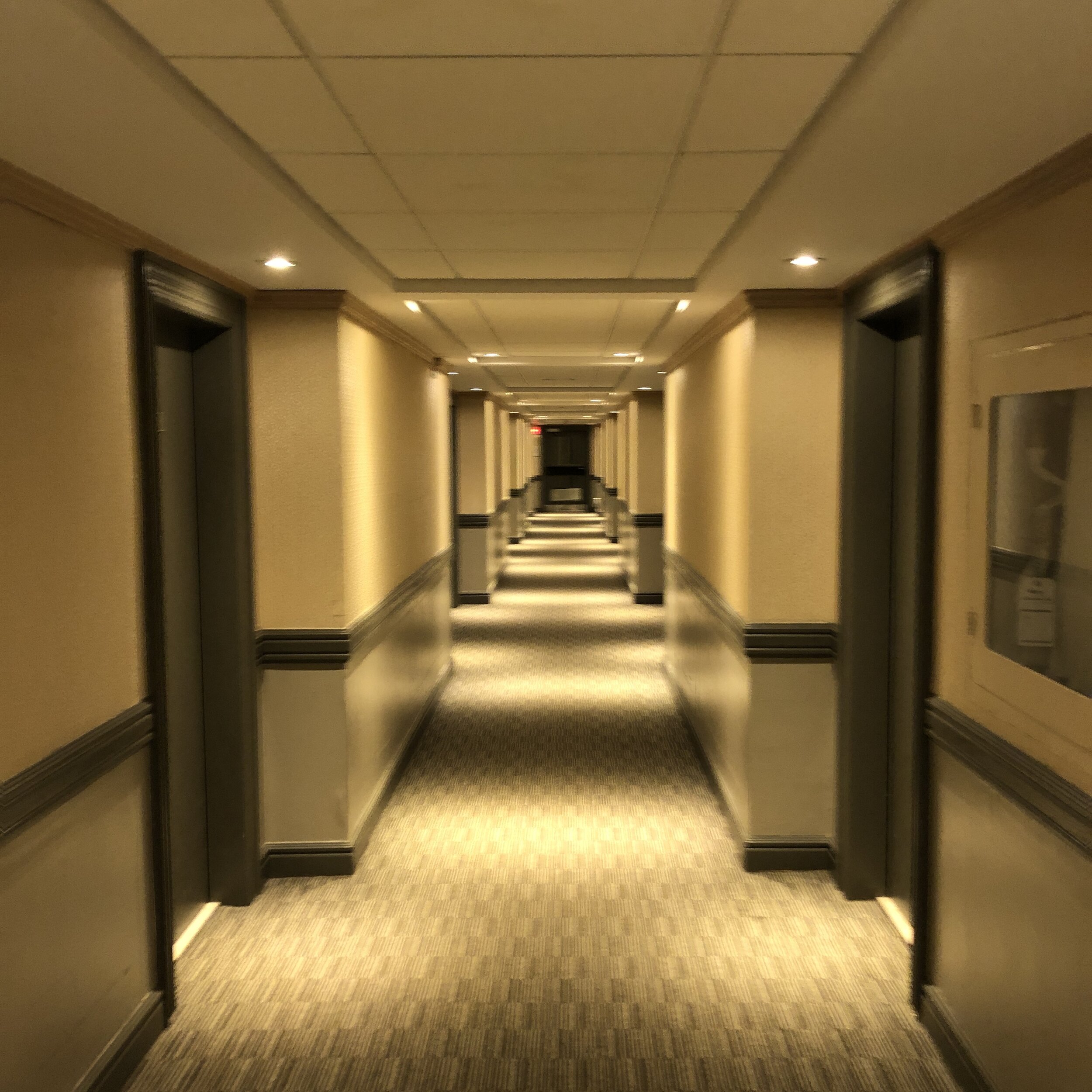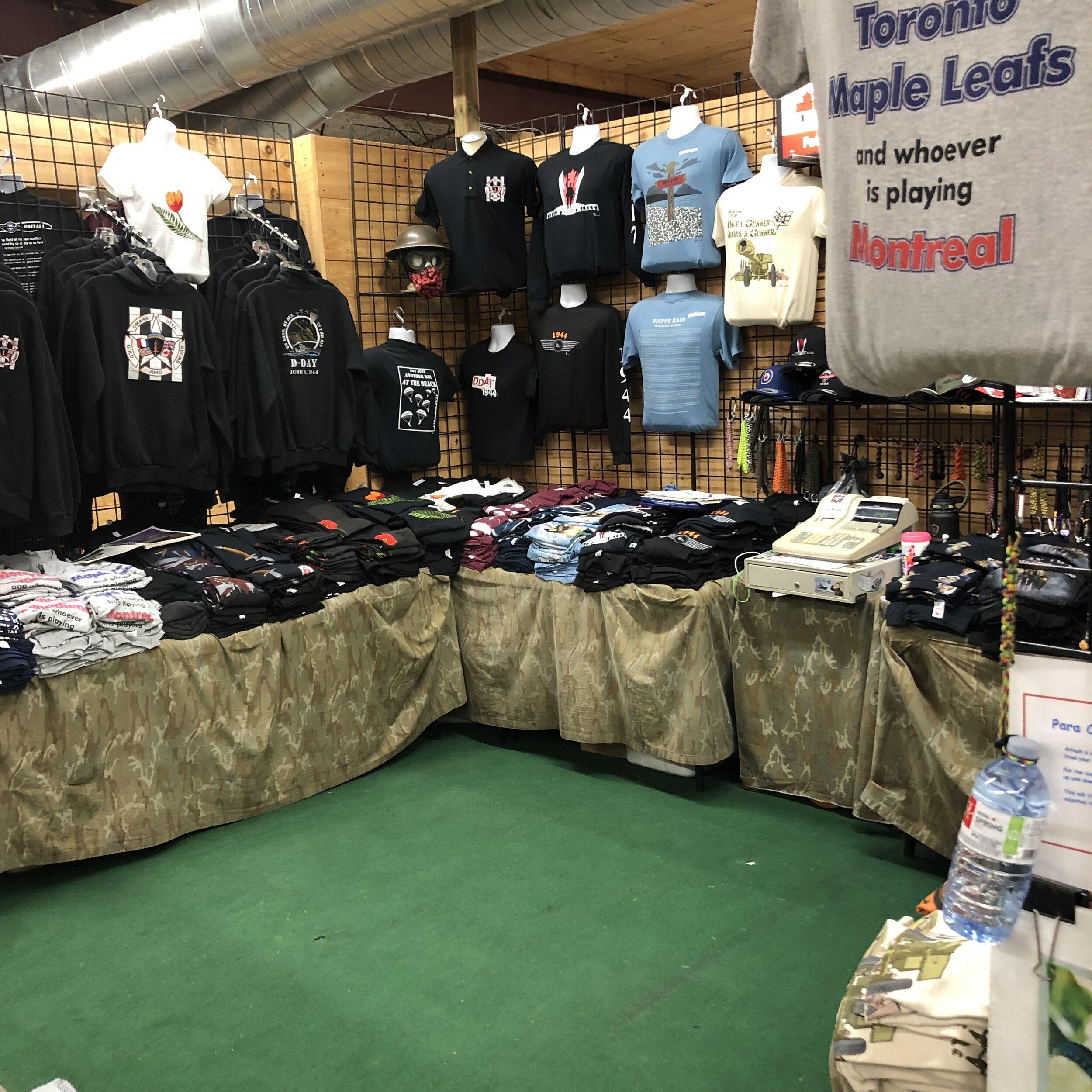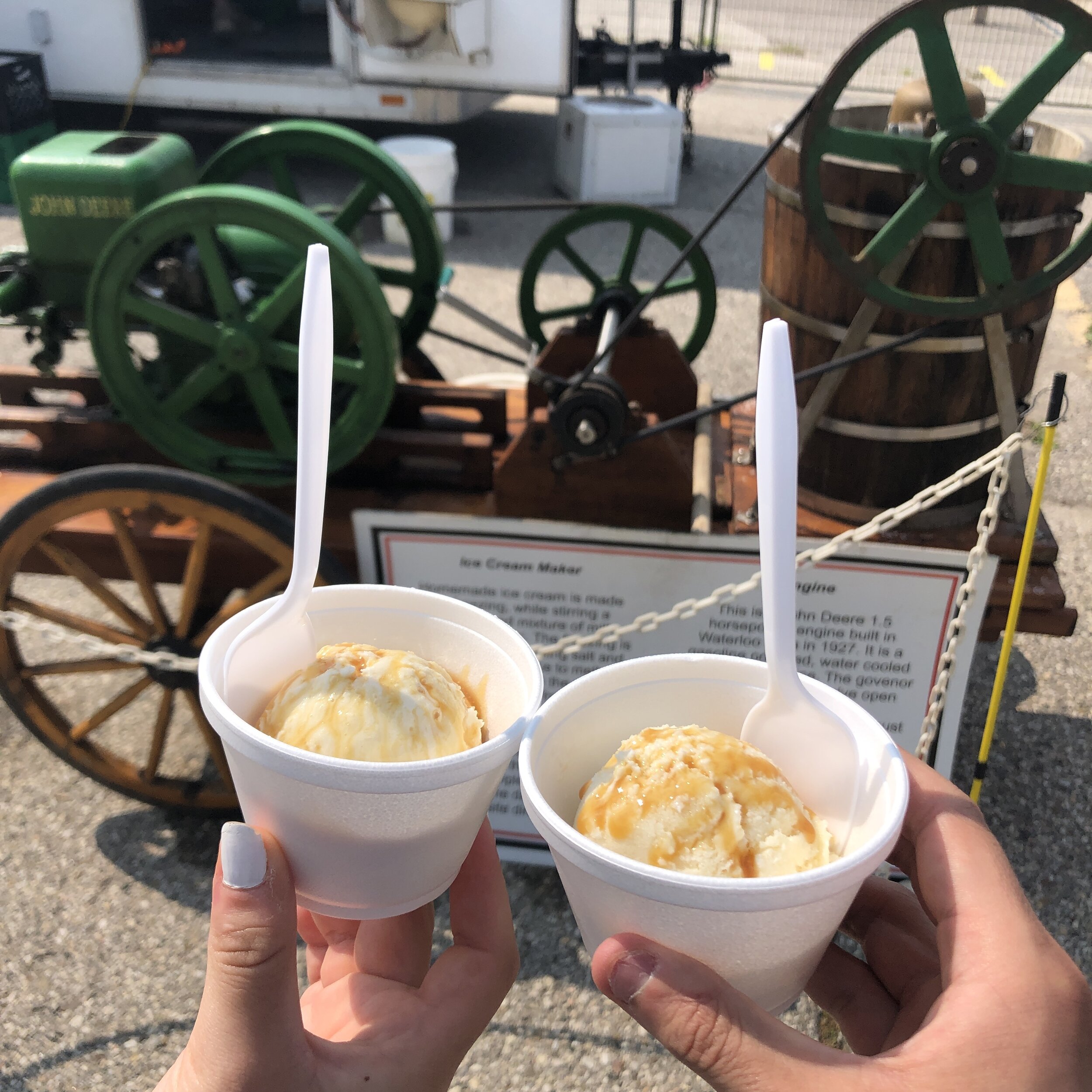A Weekend in Waterloo: A Student's Paradise
Having been fortunate enough to travel to many universities across the world, I firmly believe the best one those located in smaller communities with easy access to larger cities, or in a distant suburb of a major city. Not only does this lead to lower cost of living expenses, but better student bonding and cohesion. Laurier and Waterloo fit this nicely, and together with it’s fabulous co-op education program, is one of Canada’s premier destinations for graduates.
There are two main ways to get to Waterloo by transit: the slower but more cost effective 25 GO bus, which departs from Waterloo City Center to Mississauga Square One, or a more expensive but quicker direct train from Kitchener to Toronto. Upon getting off the bus, I was greeted by the Laurier sign, which confused me since I thought I was going to Waterloo.
Directly across the street was a monument to the vicissitudes of technology, the Lazaridis School of Business, donated by none other than Waterloo grad Mike Lazaridis, the founder of Blackberry. I find it amusing that typical business schools are typically new, glass enclaves as opposed to being integrated with the rest of the university (example: Sauder School of Business).
Who knows, maybe Wall Street Bets will help restore BlackBerry to greatness
#tothemoon. This is for informational purposes only, you should not construe this material as investment, financial, or other advice.
Interestingly enough, basically all the undergradudate degrees from the business school had “Honours” in them, which sort of devalues the idea of “Honours”.
The rest of the university was of an older, drabber construction style - these buildings unfortunately were uninspiring, but sufficient.
Perhaps as an effort to counter this, the vast majority of the student housing buildings were, for the lack of a better word, “wild” and “colorful”.
And cheap too!
There is a hidden university college within Laurier - the Martin Luther University College, which offers Divinity degrees. Regardless of our beliefs, I think we can all say that having “Divinity” degree sounds pretty cool (at least coming from a plain Bachelor of Commercer like myself).
According to my friend, Laurier’s degrees tend to be focused more on “soft” degrees, such as Commerce and Arts, while Waterloo’s degrees center around “hard” degrees, like math, sciences, etc. One other thing Laurier excels at is sports, notably hockey and interestingly enough football - walking around campus, I saw many a poster for the Laurier Golden Hawks.
Is there a new sport with the picnic tables?
Imported from Merica no doubt
I did happen to stumble upon a building that said “Science” though, so I’m not entirely sure my friend’s characterization of the universities was accurate.
The University of Waterloo
Waterloo and Laurier are separated by ~20 minute walk, with many students taking a dual degree at both universities. I’d like to think that these train tracks, guarded by Canada Geese, mark the separation between the two universities
I started at the visitor’s center, which was unfortunately closed.
As a more planned university, Waterloo has these brightly colored walkways emulating semiconductor circuits to help students navigate. Though Google Maps has likely made them obselete.
Covered in snow for half the year though…
Unlike most universities, Waterloo’s architecture was quite varied. There was an early 21st century construction,
an older, 20th century stone construction,
and finally a newer, space age type design.
Now, I know you’re all wondering: are all Waterloo students Mole People given the sheer number of tunnels in the buildings?
Another one
The answer is no: given the temperature Waterloo can sometimes dip down to negative 20 degrees centigrade (AKA very cold for the Americans out there), the smart engineers at Waterloo have designed those tunnels so they don’t have to go outside. I’d personally believe that a bigger building would make more sense though.
Speaking of engineers, Waterloo and Laurier are known for having one of Canada’s best “co-op” programs, in which students take time to work at different companies before graduating. Over the years, Waterloo has become a “hidden gem” in Canada - my little brother, who somehow got into Waterloo, noted that around 50 students in his Waterloo class went to Apple for his co-op, with similar numbers at all the FAANGM (may not not Netflix) companies. Maybe this is how they can afford this sign.
And that sign
And this sign. There are a lot of signs on campus.
MC also stands for Masterchef and Management Consulting
The math and computer science building was massive, and kind of looked like a factory, perhaps a reference to the sheer talent the place pumps out.
I did see one older building, a stone construction for the health institute. On a complete aside, see this link for why most hospitals are designed to sprawl over an area (hint, elevators and critical patients don’t mix).
I was pleasantly surprised there was the equivalent of a mini-village near campus, with lots of student friendly pricing. And like in most of Canada, a crane loomed in the background.
Glad to see these havent closed for condos…yet
There was this Amphitheatre building that is used to teach engineering. Funnily though, I found that there were still payphones in the building; clearly one department still hasnt caught up to the 21st century.
Waterloo - Kitchener Area
History Lesson: According to my friend, Waterloo and Kitchener were actually two different cities. Kitchener was actually known as Berlin (I kid you not) until a small conflict called WWI made them reconsider their name. In the 1970s, the two cities, along with Cambridge, officially combined into the Regional Municipality of Waterloo, although the two cities have separate government still. To quote my friend “Waterloo is where the cool kids live” and “Kitchener was a bit more sketch until recently”.
As if often the case in Canada, a beautiful river meandered through Waterloo, although the water was a bit dusty due to sentiment.
Nature and Condos, a Canadian classic
Generally more affordable than a shoebox in Toronto. Go work from home!
Across the river is the Perimeter Institute for Theoretical Physics, a sleek amalgamation of steel and wood housing scientists that do…something. Given most of my last physic class was in high school, I suggest you actually go and check out one of their public lectures.
Waterloo has a strong technology sector, with household names like Blackberry, Google, Shopify, Opentext setting up shop. Concurrently, there are many financial services employers as well, such as Manulife, Sunlife and BMO.
Old factories, new styling
In true Financial Services fashion, a bank has stuck its name on a giant building, or eyesore as some may say, towering over the city.
Thankfully, the vast majority of the office and entertainment complexes maintained a modest height to make the town feel very homely.
I found it particularly amusing that the KPMG building was right beside the LCBO / liquor sale building. Given our firm has such incredible work life balance, I wouldn’t worry about anything through :D
Taking “lets grab a drink” to a whole new level
Moving uptown, I met up with my friend, who then proceeded to go into great detail about how great everything was in Waterloo.
Behold the tree lights, which I’m not sure really do a good job at lighting things up
Apparently there is nothing bad in uptown Waterloo: it has the worlds best yoga studios, restaurants, dentists, hairdressers and random shops. Except for that 1 place that got gentrified and turned into some poor attempt at a club. We grabbed dinner at Beertown, which I was told is “probably the best place in Waterloo”, likely due to the fact that one of their signature offerings is a flight of random local / Ontario beers. That being said, I did stick with my favorite whiskeys, mainly because I don’t believe in drinking a beverage that is 95% water.
We almost getting run over by a train trying to find our ride. Please don’t drink and drive - my friend’s boyfriend was kind enough to remain sober while we made sure to sample a lot more beer than we intended to.
I arrived at the recently renovated Inn of Waterloo at around 11pm. Seeing as I only spent 10 hours in the hotel, I won’t be giving it a full review. A few things to note for visitors: 1. There is still construction in the hotel and 2. Most of the facilities are still closed.
Pickup truck not included
Flowers not included in room
Reading room: Open
Pool: Closed
Freaky staircase to the rooms: Open
Hallway straight out of the Shining: Check
On the bright side, at least the rooms were somewhat modern, if a bit cramped.
It took a while to realize this room was meant for 4 people, which was why there were 4 sets of towels
Cramped, but alright for a nights stay
Coffee - they have it even in the hinderlands
TVs, a relic from another time
Technically a buffet. Breakfast was complementary
Overall, the Inn at Waterloo was decent for the price (~120 Canadian Geese Dollars), and with continuing renovations, should be an acceptable place to stay in 2022.
Other Places
Thanks my friend’s somewhat safe driving, I was able to explore the outskirts of Waterloo. Note for anyone who doesn’t have such amazing friends, I highly suggest renting a car for the day given the sheer size of Ontario. We first went to St. Jacobs, a small community north of Waterloo. I saw perhaps the largest number of people gathering in once place since 2020 in a place called the Farmers Market.
Tourist Trap, Avoid
This wasn’t a Farmer’s market per say, more of a random stuff market. Clothes, bakery, souvenirs, books, toys, bath and body works, tools, postcards, everything.
What’s hiding underneath the table?
These markets are very intents, with over 250 vendors attracting more than 1 million annual visitors (in normal times). Get it, IN TENTS.
This was also because there was someone selling early 20th century icecream cooled through some type of physics and math. Unfortunately, it was a bit too watery for my taste.
Powered by Steam I think
Moving up, we ventured to a business park that once hosted many Blackberry buildings. After 2011-2013, when the layoffs abruptly happened, the Blackberry buildings dwindled down to a few. Such is capitalism.
The final stop of my journey was…somewhere. At this point, my friend claimed that we were heading further North some place called Elora, but according to my Iphone we went South to a place called Breslau. I would be such an easy kidnapping victim.
Breslau or Elora
A quaint town, this mysterious destination’s main attraction, besides peace and quiet, was this river they called the “Grand River”. However, I told my annoyed travel buddy that this looked more like a medium sized river, and I got a lecture later about how the Grand River actually was cool.
Bit Narrow
Looks more like a pond
The location’s low number of residents meant that there were only one or two main service providers (think pharmacies, hospitals, supermarkets), with the exception of maybe 20 different tourist shops. Here’s a picture of some of them, with my friend blocking the view.
Here’s one which looks infinitely better :D
There were also other shops selling stuff that could be characterized as “basic white girl” stuff - note this is a direct quote from my friend. Think expensive candles that smell nice, hand carved furniture, seashells from a foreign land, weird plants that don’t really need to be taken care of, live laugh love posters.
As a city dweller, I would recommend staying at this mystery place for a few hours, as unfortunately there isn’t that much stuff to do. And while the cost of living is high given the location’s remoteness, I can see how the nature and slow pace of life can be quite attractive.
Ending
My friend dropped me off at, in my opinion, the best representation of Waterloo: at a Google Complex. The outside was of an abandoned factory, while the inside was the fuel of high-tech innovation. Overall, Waterloo might seem like a sleepy town, but things are “happening”. An influx of highly paid technology workers means that the area is developing, but the presence of students forces Waterloo to remain relatively affordable. Overall, I’d highly recommended a couple days here - just make sure you come in the summertime!
Old, new, and an American company once again taking over a Canadian icon




